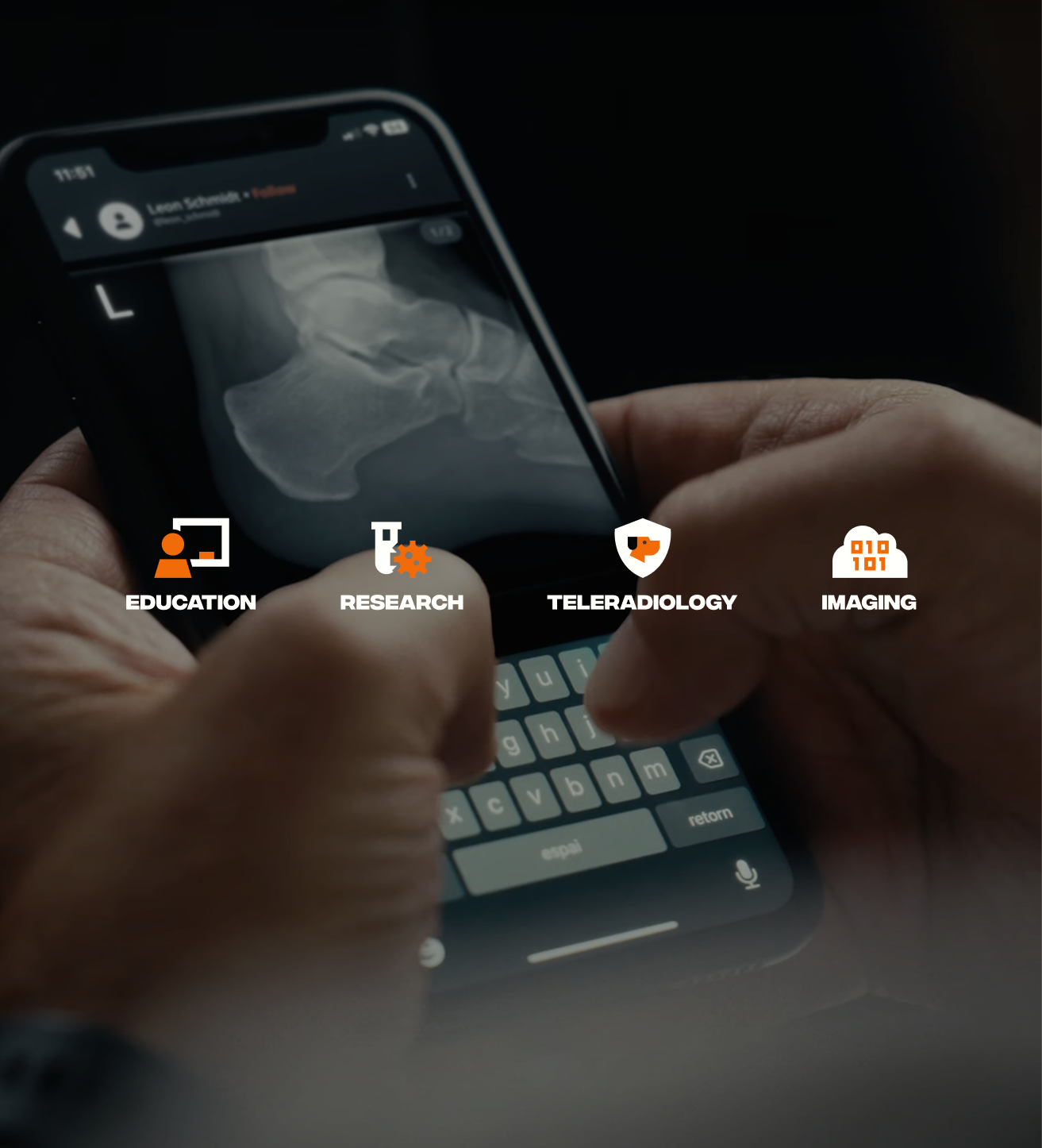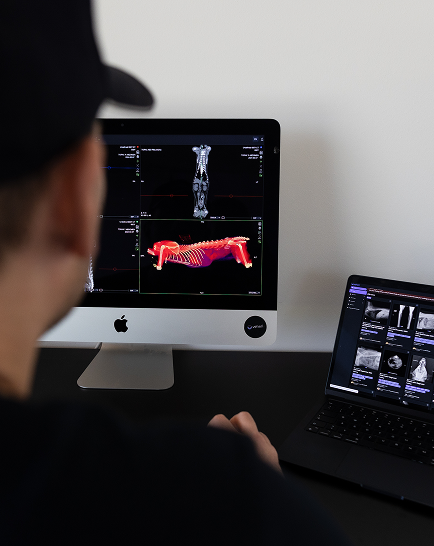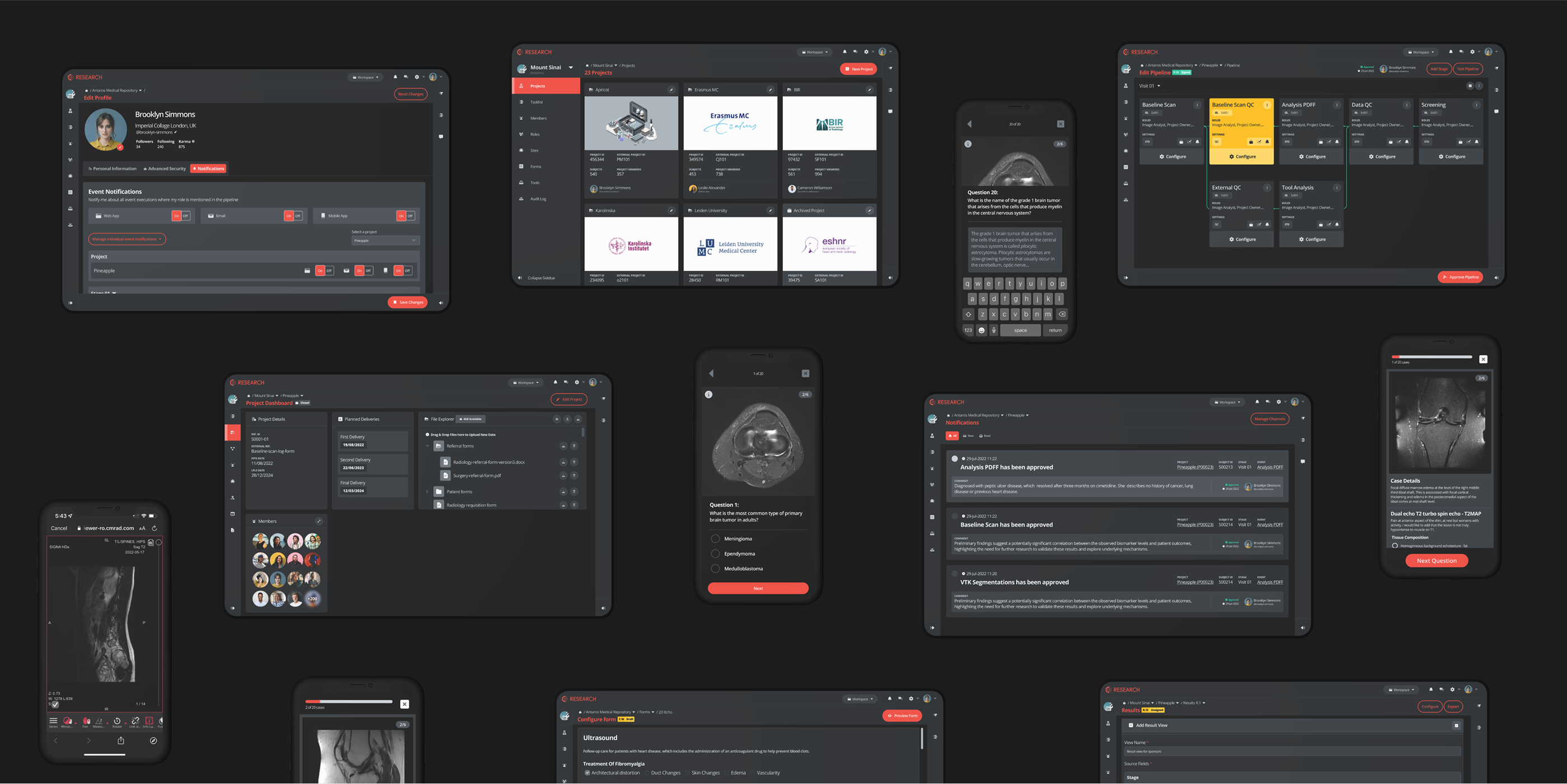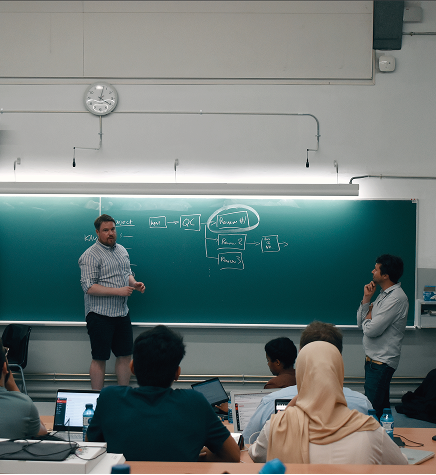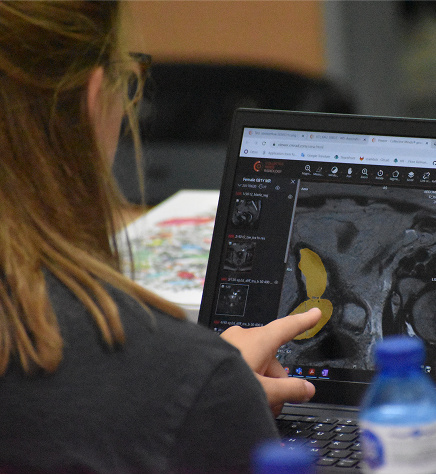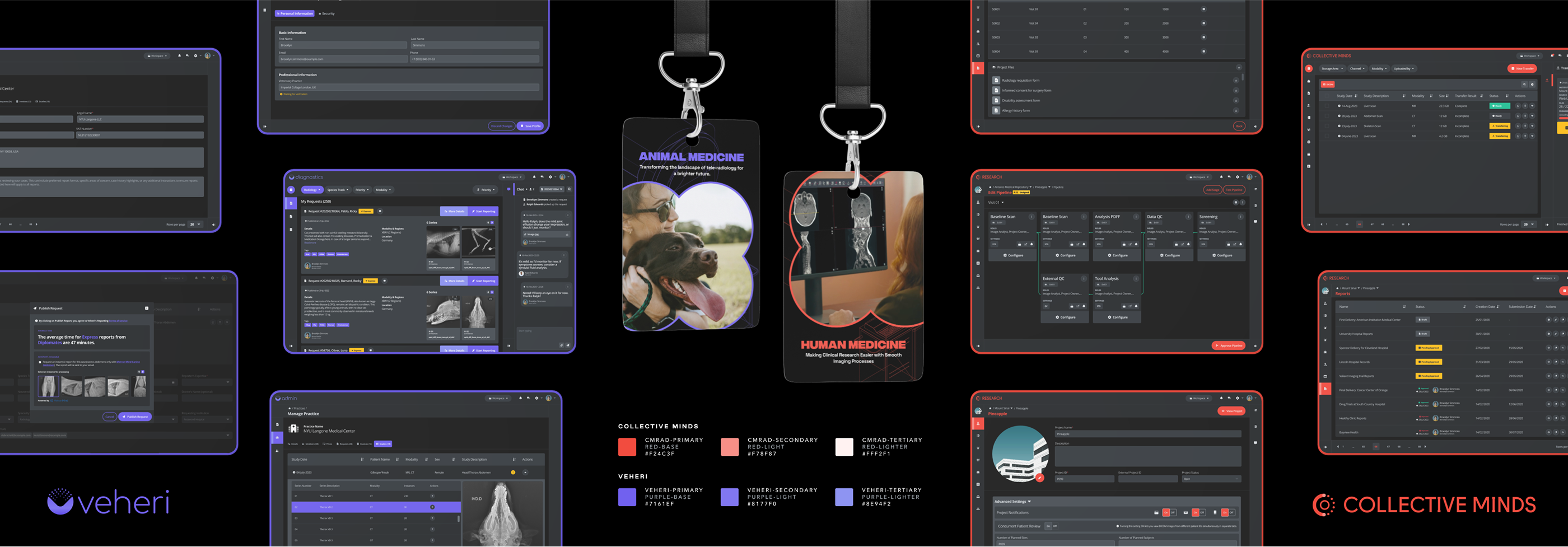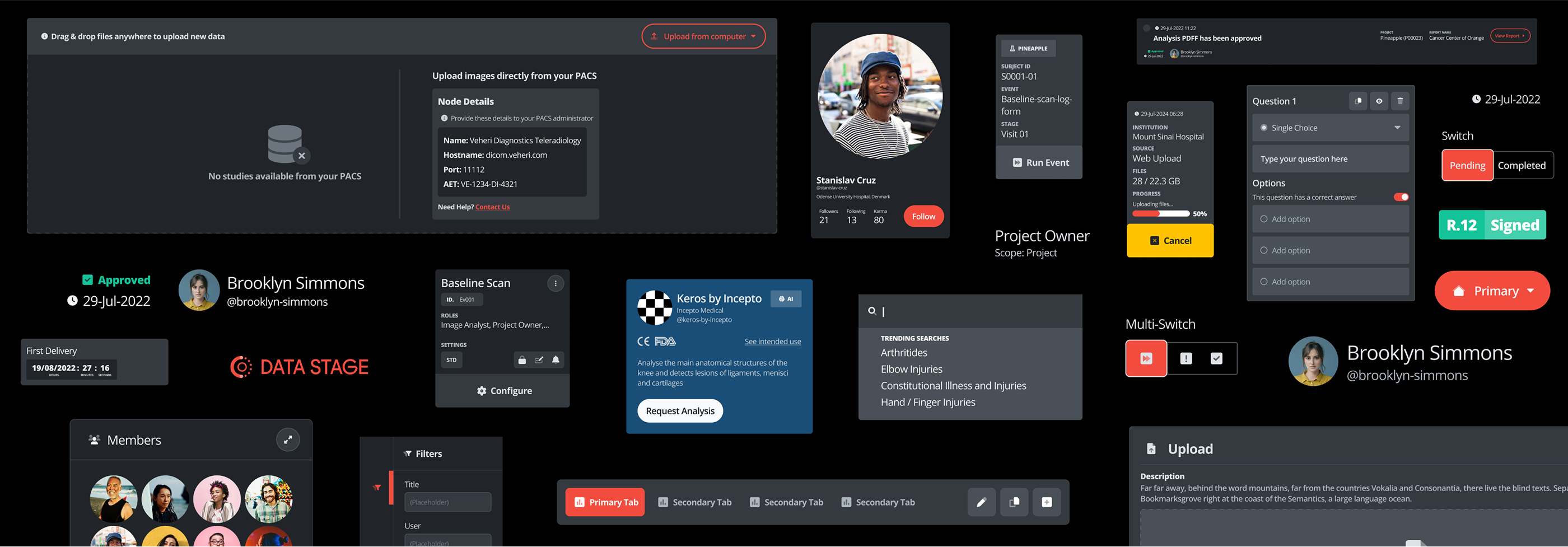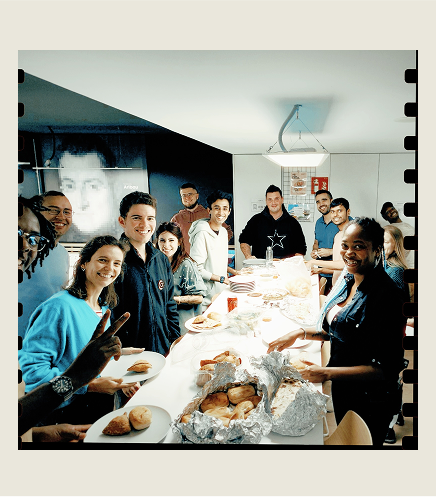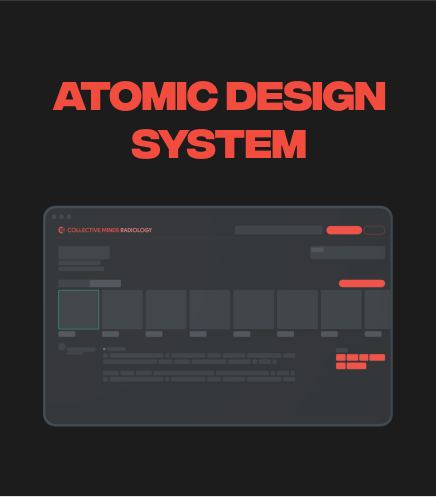Who is Oz and what’s his story?
Oz started as an engineer in India but found coding without a soul about as satisfying as a soggy burrito. A psych class flipped the switch, leading to a degree in computer science and an obsession with Human-Computer Interaction (HCI). From AR apps to game interactions, Spain became the perfect spot for a master’s in Interaction Design (and better tapas). Since then, he’s built brand installations and spent four years in medical tech—turning complex systems into intuitive experiences.
Why Oz, when there are 10,000 other designers out there?
Oz doesn’t just make things pretty—he builds UX that works harder than a caffeine-fueled intern. From motion-driven interactions to prototypes that catch problems before they exist, he makes the impossible look easy. His secret weapon? Blending design with nature’s best tricks (shoutout to biomimicry) and using systems thinking to make everything click. Others hand you a shiny UI—Oz makes sure it works. No head-scratching required.
How does Oz tackle projects without losing his mind?
Oz tackles projects like a science experiment—minus the lab coat. Every project follows four phases: Discovery, Concepting, Prototyping, and Refinement. He maps ecosystems, interviews stakeholders, and locks down user needs before diving into rigorous testing. What sets him apart? Collaboration isn’t a checkbox—it’s the core. Feedback isn’t a hurdle; it’s fuel. Design isn’t solo—it’s a team sport, and Oz plays to win.
*Disclaimer
Atom here—Oz is too humble, so I handled the hype. I’m his personal AI assistant, so if you have more questions, feel free to ask me anytime!
Talk to Atom

